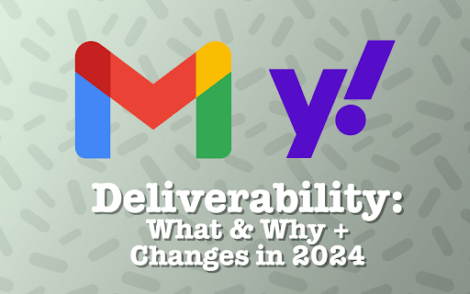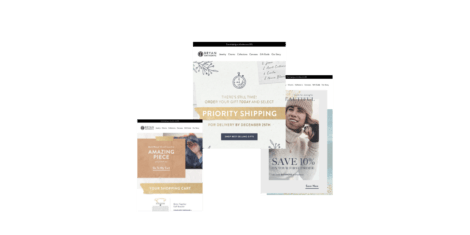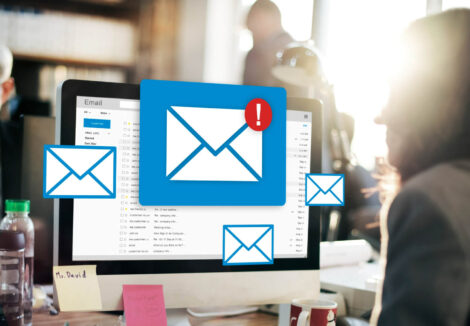A new customer hits your company’s website, provides their email for an offer code, and then leaves. What do you do next?
They didn’t buy a product, they didn’t add anything to a cart, but they did give you an email address. That’s your in.
It’s what you do with the email address that will decide whether that person becomes your newest customer, or decides never to interact with your brand again.
Email marketing is a powerful tool for B2C marketers, but only if utilized correctly. Here’s how to turn an email address into better marketing engagement with the power of customer segmentation.
Build a customer profile
When a potential customer visits your website for the first time, you can actually learn a lot about them. They’re an anonymous “website visitor” among thousands of others, but you can track each page they browse on your site and everything they click before leaving. When they finally convert and provide an email, you can finally start to use that data to personalize your marketing.
With the right platform like a B2C CRM, you can stitch together the historical behavior of that website visitor, building out an in-depth customer profile. While you didn’t know who they were before, now you know each click they’ve made on your website. You know specifically:
- Products and pages they viewed
- Content they read
- Location-based on IP address
- Inferred demographic information
- …and more
All of this information is incredibly valuable to you as an e-commerce marketer. With this data, you can better tailor your messages to each individual prospective buyer.

Segment your buyers
Unfortunately, even with access to this detailed data, many B2C marketers use it only to broadly segment their potential customers. Most people just send “batch and blast” emails to a huge group of buyers, regardless of who they are or what they’re interested in. But you can do better.
Because you have a detailed customer profile, you can segment potential customers based on their past behaviors. With an email and an identity now attached to each buyer, you can create campaigns that are personalized and hyper-targeted to specific consumers.
For example, you can create a segment of customers who have shown strong interest in a particular category of products, like electronics or shoes, based on their browsing behavior. Once you’ve created that segment, you’ll be ready to send a targeted communication about electronics to electronics enthusiasts and even personalize the message by showing specific products that the shopper browsed.
Send a powerful welcome series
Now, it’s time to go back to that customer that just provided their email address. By offering them a promotion when they land on your site, you’ve captured more information about them, historically stitched together their identity, and dynamically added them to a specific customer segment. With the combination of their email address and other behavioral data, you can send a targeted, personalized email.
But you have to create the right marketing welcome series to maximize the conversion of that new shopper into a new customer. This is easier said than done. Great welcome series are specific, personalized, and engaging.
You could send a welcome email based on the exact products that a new customer clicked on on your site. If they clicked on the same product multiple times, send them a welcome email with a discount specifically on that item. This will increase the likelihood that they convert on that offer. Based on browsing behavior, we can also recommend similar products that other customers purchased or other popular products in those categories.
The concept of customer segmentation has been around for a long time, but segmentation is only as powerful as the data underlying it. The good news is that with customers making more and more of their purchases online, there is more data than ever about why and how our customers shop.
With more powerful tools that enable us to get incredibly granular data about potential customers, the sky’s the limit in terms of email segmentation. Don’t keep batching and mass emailing — personalize your marketing with better segmentation and deliver a warm welcome for your new customers, right out of the gate.




